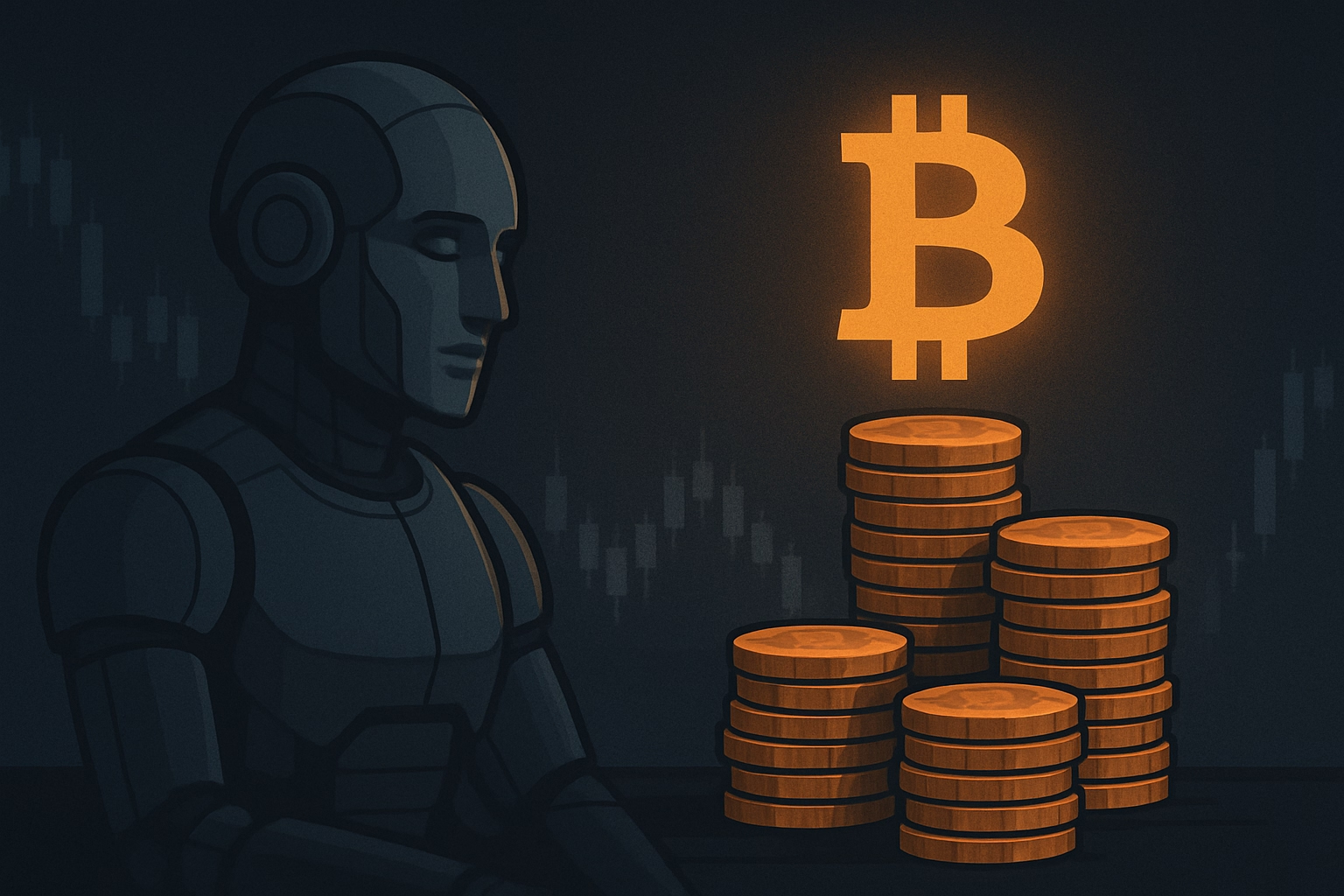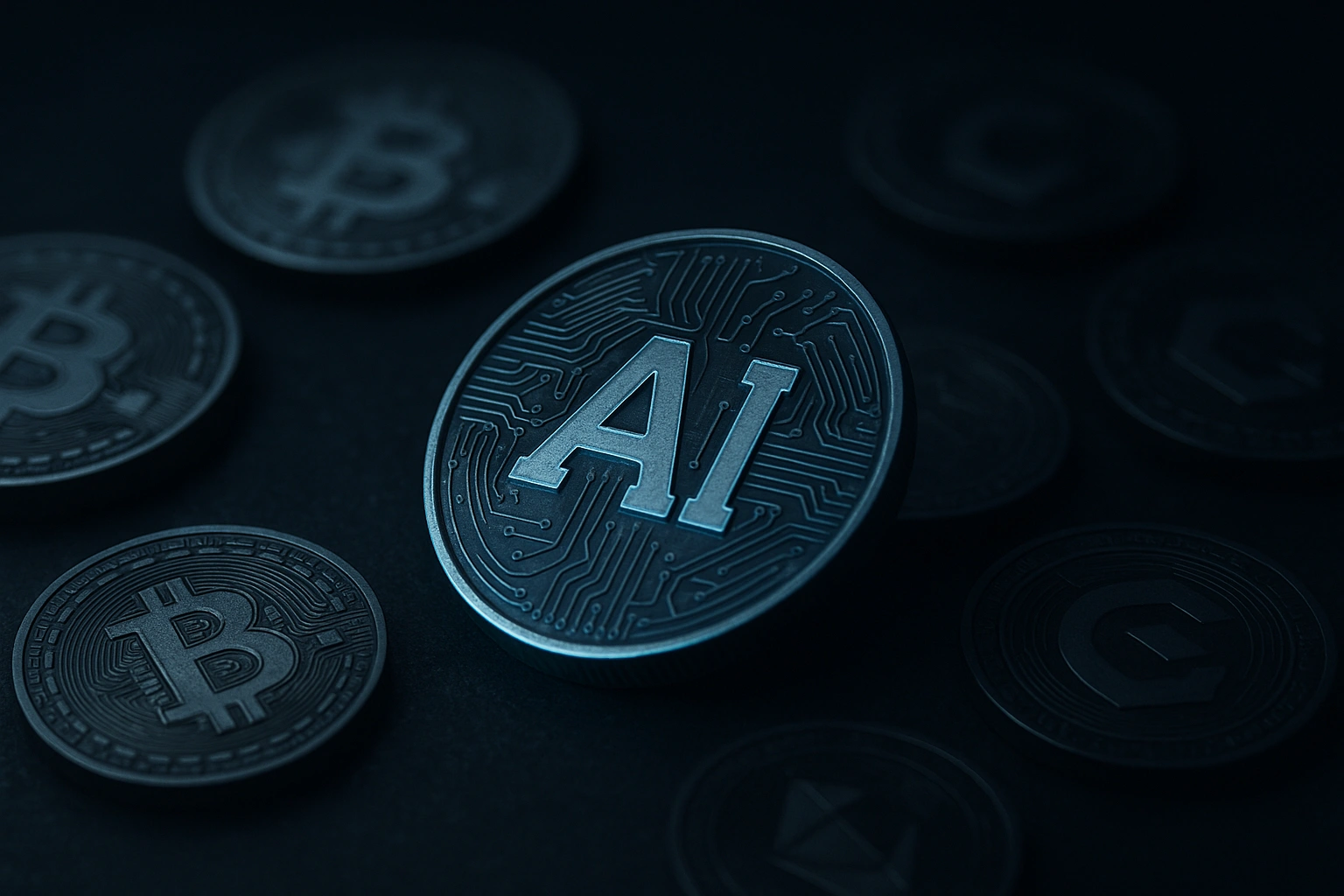What Are the Risks of Relying on AI for Crypto Trading?
Artificial intelligence is rapidly transforming the world of crypto trading, enabling automation, faster analysis, and advanced predictions. However, while these tools offer many advantages, it’s critical to understand the AI trading risks involved—especially for those relying solely on algorithms to manage assets.
In this article, we’ll explore the real-world dangers of AI-powered trading, from trading bot fails to the hidden pitfalls of overfitting in AI models, and how traders can protect themselves.
1. Trading Bot Fails: When Automation Backfires
One of the biggest risks is over-reliance on automated systems. Trading bot fails can occur when bots misinterpret market signals or respond to unexpected volatility. Common causes include:
- Incomplete or outdated training data
- Poor error handling in bot architecture
- Overreaction to short-term fluctuations
When bots operate without human oversight, even a small bug or data anomaly can lead to significant losses within seconds.
2. Overfitting in AI Models
A key concept in AI development is overfitting—when a model learns the “noise” of historical data rather than the actual patterns. This makes the model perform well during backtesting but fail under real market conditions.
Overfitted AI models may:
- Perform poorly during market regime changes
- Generate false-positive trading signals
- Give a misleading sense of security to the user
Avoiding overfitting in AI models requires careful design, diverse datasets, and continuous retraining based on current market conditions.
3. Lack of Explainability (The "Black Box" Problem)
Many AI algorithms, especially deep learning models, operate as "black boxes." They make decisions based on complex calculations, but offer little insight into why certain actions were taken. This lack of transparency poses a major AI trading risk for investors who need to understand and trust the reasoning behind a trade.
4. Security Vulnerabilities
AI trading platforms are digital systems that can be targeted by hackers. If a bot is compromised:
- Attackers can alter trading logic
- Bots may execute unauthorized trades
- Users may lose funds instantly
Using secure, audited platforms like WALBI helps reduce exposure to such threats.
5. Regulatory Uncertainty
Crypto regulations are evolving rapidly across jurisdictions. Some AI systems may unknowingly engage in activity that violates trading laws—such as market manipulation or lack of KYC compliance. Traders relying on automated tools should monitor legal developments closely to avoid penalties or frozen assets.
6. Emotional Detachment Isn't Always Good
AI bots are emotionless by design—which is helpful in volatile markets. But sometimes, human intuition can identify risks that bots ignore. Market rumors, geopolitical events, or shifts in sentiment can all influence crypto prices outside of historical data patterns.
Final Thoughts
AI will continue to play a crucial role in the evolution of crypto trading. But no system is perfect. By being aware of key ai trading risks, watching out for trading bot fails, and guarding against overfitting in ai models, traders can make better decisions and build resilient strategies.
At WALBI, we advocate for smart trading—where humans and AI collaborate, not compete. Choose intelligent automation that keeps you in control.




